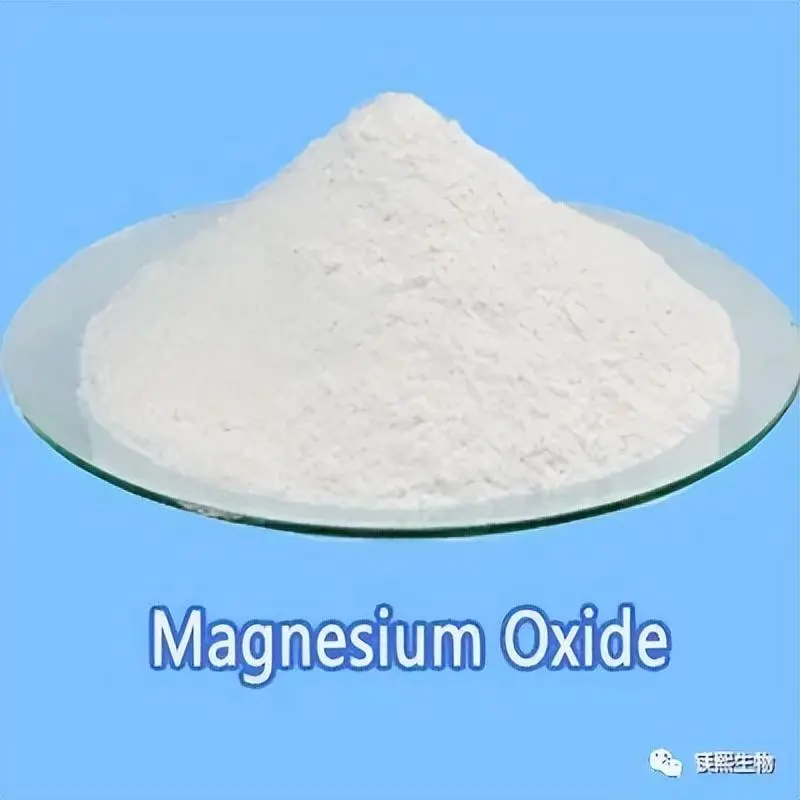Hebei Messi Biology Co., Ltd. stated that the dolomite carbonization process for producing magnesium oxide generally uses a normal pressure low temperature (≤25%) carbonization method to separate calcium and magnesium to produce light magnesium carbonate, and then calcining to produce light magnesium oxide. The temperature changes greatly during the whole process and the energy consumption is high.

The principle of producing light magnesium oxide by dolomite carbonization is to first calcine dolomite to obtain light-burned dolomite, then digest the light-burned dolomite, remove the slag and send it to the carbonization tower to react with CO from the calcining kiln. During the carbonization process, the carbonate ions dissolved in the aqueous solution are dissociated in the secondary dissociation (i.e., HCO and CO), and the dissociation ratio determines the concentration of the carbonized liquid.
Because calcium hydroxide is highly alkaline and active, it is very easy to generate calcium carbonate precipitation. When almost all calcium hydroxide is converted into calcium carbonate, the pH value of the suspension drops suddenly to 8.5-9, and is determined by the balance of the magnesium hydroxide solution. At 25°C and pH 8.5, 97.5% of carbonate ions dissociate in the form of HCO-, and magnesium hydroxide continuously dissolves into the liquid phase to form magnesium bicarbonate. However, carbonization must be stopped when the pH value of the solution is 7.5 to prevent calcium carbonate from dissolving. After filtration, a magnesium bicarbonate solution (commonly known as heavy magnesium water) is obtained. Finally, the heavy magnesium water is pyrolyzed to obtain basic magnesium carbonate, which is filtered again and dried to obtain basic magnesium carbonate. Magnesium oxide can be obtained by calcining basic magnesium carbonate at 700°C to 1000°C.
